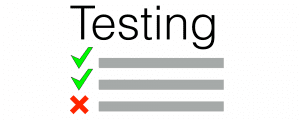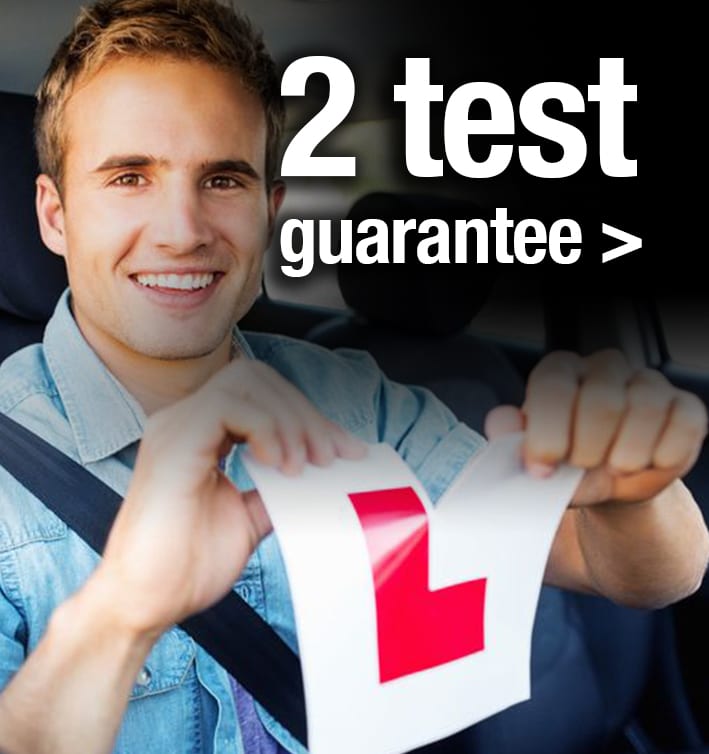
In this blog owner of BIG TOM Driving School (Tom Ingram) discusses the value of the new driving test that the DVSA have announced today will start on 4/12/17
The changes to the new driving test are as follows:
Two new manoeuvres will, for the purpose of the trial, replace the current ‘turn in the road’ and ‘left reverse’ manoeuvres. You should still be taught these, though.
The table below shows the main differences between the current and trial test.
| Current test | Trial test |
| ‘Show me’ and ‘tell me’ question at the beginning of the test | ‘Tell me’ question at the beginning of the test and a ‘show me’ question on the move |
| 10 minutes independent driving using traffic signs or verbal directions | 20 minutes independent driving using a satnav or traffic signs |
| One of the following manoeuvres – turn in the road, reverse around a corner or reverse parking (either into a parking bay, or parallel parking at the side of the road) | One of the following manoeuvres – drive in to and reverse out of a parking bay, pull up on the right, reverse, and rejoin the traffic or reverse parking (either into a parking bay, or parallel parking at the side of the road) |
Everything else stays the same as the current test. The standard of assessment is the same for both tests.
The trials occurred over several months in 32 test centres in the UK involving thousands of driving tests. The results as shown here are not terribly encouraging. The outcomes in terms of pass rates and collision rates were monitored and compared for those who trained and took the new test versus those who took the current test. The “attempts to pass” rate remains the same, the DVSA make the point that the new test is no more difficult, even the number of driving faults committed is statistically similar. Regarding collision rates between the drivers who passed both types of driving test, there was no different when they were monitored for 6 months after passing.
There was a glimmer of positivity though as reported by the DVSA:
When compared with those who have just passed the existing test, those passing the new test had slightly more insight into their (relatively low) level of skill, and slightly more confidence that they would be a good, safe driver.
This is an interesting finding because it starts to delve into the thoughts and feelings of the newly qualified driver. I think it is a shame that this finding is not expanded on at all, because for me, it begs the question why? We should remember when looking at these findings that the driving instructors who trained both sets of pupils (for the two different driving tests) did not differ in HOW they gave instruction, the teaching methodology. There is no extra training required for driving instructors. As such, for there to be an increase in the levels of self-awareness of the “relatively low level of skill” for the drivers who took the new test is interesting. It would have been quite interesting for example to ask those drivers who responded as they did, why? Equally, it would be interesting to compare the number of hours training for the two groups.
What does this mean in practical terms to learners?
Not a great deal it would seem. Here at BIG TOM we do introduce the use of satnav to our pupils early on, and have done that for a very long time now. We ensure that our pupils get extended experience driving in 4 modes of driving: town roads (urban), country roads (rural), faster roads and manoeuvres. On the subject of manoeuvres, we have always trained our pupils to be willing and prepared to keep their mind open regarding how they do a manoeuvre, assessing risk, safety levels and appropriateness for the goal in mind.
So what do I conclude from this announcement today. Personally I think this is an opportunity missed. There was an opportunity here to make positive change to the assessment phase and it appears to be coming in now with very little consequences to the outcomes for newly qualified drivers. I think this problem is typified by the response given to the DVSA by all the various people involved in the new test who were asked their views, this is what they said:
While interviewees accepted that it could not teach everything required to keep newly qualified drivers safe, it was perceived as providing a good basis for independent driving and decision making.
This is a very strange comment as it is mixing the role of quality of training with the role of assessment. Since when does a driving test “teach” anything, let alone everything as quoted above. Examiners should be given the opportunity to comprehensively assess the skills, thoughts and attitudes of candidates on a driving test, and this new test continues to not allow examiners to ask questions of candidates which is a great shame.
BIG TOM Sales: 0775 607 1464




